The central body houses a circular gilt brass dial, finely engraved, with black enamel Roman numerals that remain crisp. The Breguet-style hands and the engraved signature at the bottom of the dial, “Nouviaire à Stenay”, evoke the artisanal mastery of the Paris movement, renowned for its precision and reliability. This 7-day spring-driven mechanism with silk suspension guarantees extended operation with a single winding, while the bell chime marks the hours and half-hours with a harmonious, deep tone.
The rectangular pedestal on which the clock rests is richly decorated with vegetal reliefs, garlands, lyres, and a winged child figure, putto, blowing a horn, surrounded by laurel wreaths. Each of these details is rendered with meticulous execution, further enhanced by the warm glow of the gilt bronze. The base rests on four spherical feet decorated with a finely worked mesh pattern, offering both stability and a distinguished presentation.
Despite being over 170 years old, this piece is in admirable condition. It presents a patina consistent with age, especially on the rear areas, which not only attests to its authenticity but also enhances its character as a historical object. It is preserved complete, with its internal bell, clean mechanism, and original winding key included.
This clock is ideal for discerning collectors or anyone wishing to incorporate a piece of great historical and aesthetic presence into their home décor. It will look splendid on a mantel, in a classic library, or as a focal point in an elegant living room.
A unique opportunity to acquire a functional work of art that stands out for both its design and its cultural and investment value.
Dimensions: 40.5 cm x 28.5 cm x 11.5 cm, 15.94 in x 11.22 in x 4.53 in
History of 19th-Century French Bronze Clocks
During the 19th century, France experienced one of the most refined periods in the production of decorative gilt bronze clocks, particularly in the Empire and late Neoclassical styles. Paris became the epicenter of artistic clockmaking, with workshops combining casting techniques, mercury gilding, and high-quality hand finishes. These clocks were not merely instruments for measuring time, but true symbolic sculptures that adorned the most elegant interiors of Europe. Mythological and allegorical figures such as Cupid, Venus, or Apollo were recurring themes, evoking classical and Enlightenment ideals. The so-called “Paris Movement”, used in these pieces, became synonymous with precision, employing anchor escapements and chime mechanisms that marked the half and full hours with a distinctive melody. These mechanisms were mounted in sumptuous cases widely exported to European courts and rising bourgeoisie, especially in England, Russia, and Germany. Today, these clocks are valued not only as collectibles but also as solid investments, due to their artistic, historical, and technical significance.










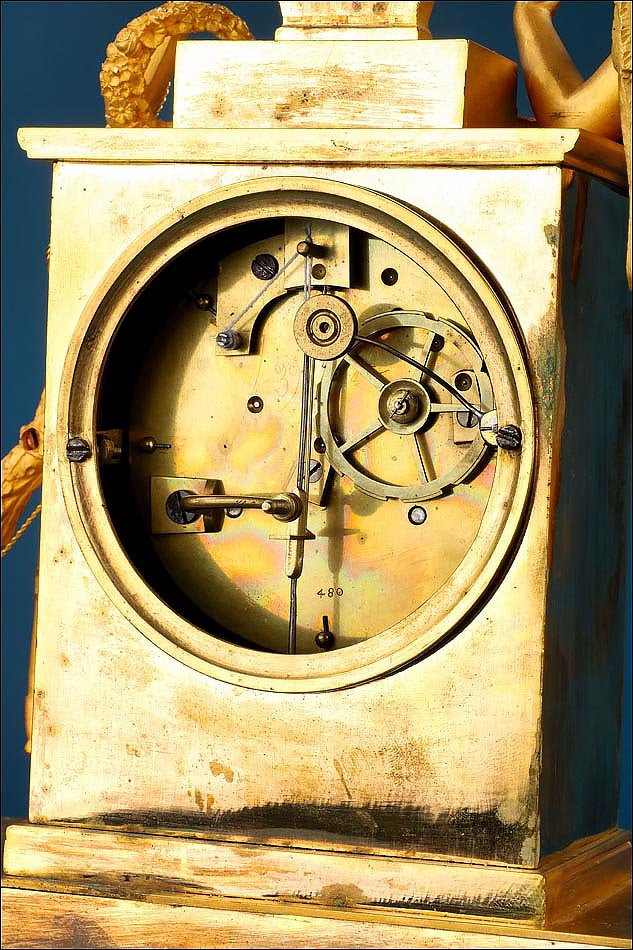

















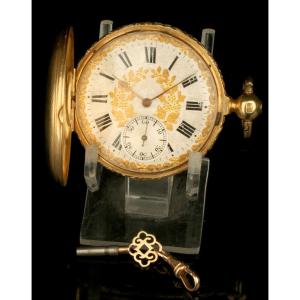
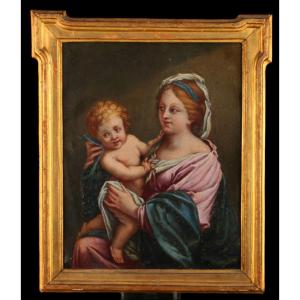
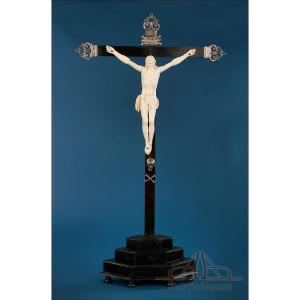















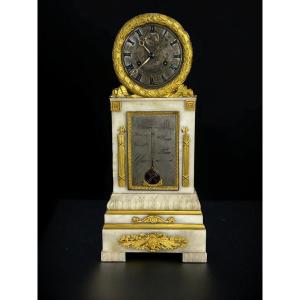



 Le Magazine de PROANTIC
Le Magazine de PROANTIC TRÉSORS Magazine
TRÉSORS Magazine Rivista Artiquariato
Rivista Artiquariato